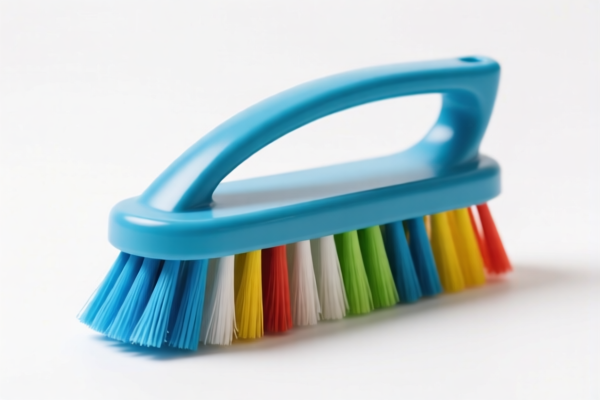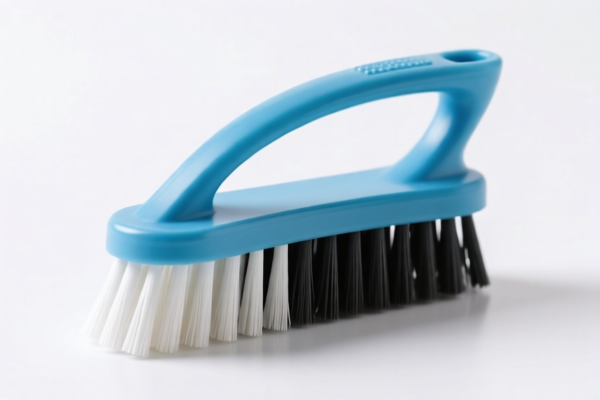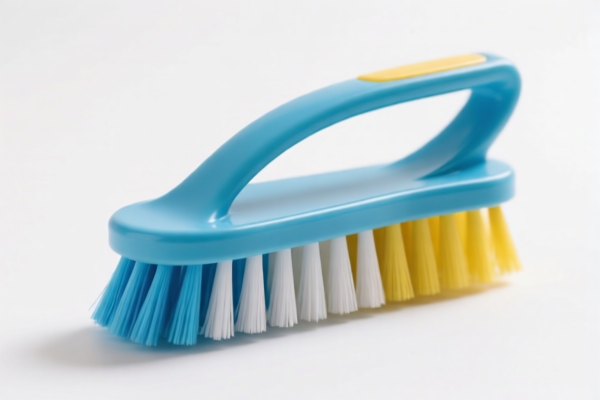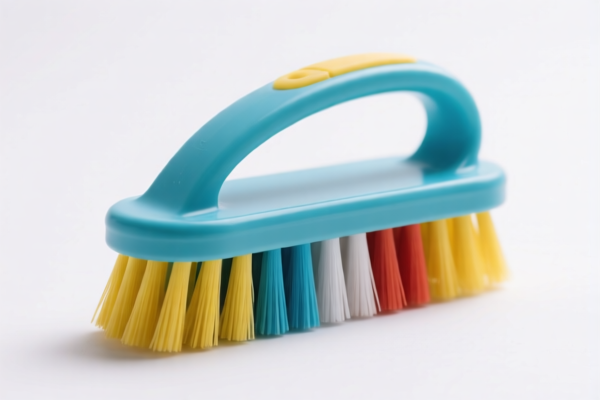| HS Code | Official Doc | Tariff Rate | Origin | Destination | Effective Date |
|---|---|---|---|---|---|
| 8201906000 | Doc | 55.0% | CN | US | 2025-05-12 |
| 8205517500 | Doc | 58.7% | CN | US | 2025-05-12 |
| 8205598000 | Doc | 58.7% | CN | US | 2025-05-12 |
| 8206000000 | Doc | The rate of duty applicable to that article in the set subject t+30.0% | CN | US | 2025-05-12 |
| 9603908050 | Doc | 65.3% | CN | US | 2025-05-12 |
| 3926903000 | Doc | 59.2% | CN | US | 2025-05-12 |
| 3926909910 | Doc | 42.8% | CN | US | 2025-05-12 |
| 3916903000 | Doc | 61.5% | CN | US | 2025-05-12 |




Chimney Sweep Brush
A chimney sweep brush is a specialized tool used to clean the interior of chimney flues, removing soot, creosote, and other debris that accumulate during the combustion process. Regular cleaning is crucial for maintaining chimney efficiency and, most importantly, preventing chimney fires and carbon monoxide poisoning.
Material
Chimney sweep brushes are constructed from a variety of materials, selected based on the type of chimney and the level of cleaning required:
- Steel: Commonly used for masonry chimneys, steel brushes are durable and effective at removing hard, baked-on creosote. They are available in various steel gauges (thicknesses) depending on the chimney’s size and condition.
- Brass: Softer than steel, brass brushes are suitable for stainless steel chimneys or for lighter cleaning tasks. They are less likely to damage the chimney liner.
- Polypropylene: A plastic material, polypropylene brushes are non-sparking and are often used for cleaning stainless steel chimneys or for chimneys that have been previously damaged. They are generally less aggressive than steel or brass brushes.
- Natural Fiber (e.g., horsehair): Traditionally used, these brushes are now less common, typically used for historic chimneys or for very gentle cleaning.
Purpose
The primary purpose of a chimney sweep brush is to remove creosote. Creosote is a highly flammable byproduct of burning wood, formed by the condensation of volatile organic compounds. Its accumulation poses a significant fire hazard. Brushes also remove soot, bird nests, leaves, and other obstructions that can impede airflow.
Function
The brush functions by physically dislodging and removing the buildup of creosote and debris from the chimney flue walls. The brush is typically attached to flexible rods or a cable, allowing it to navigate the length of the chimney. The sweeping action is performed in a push-pull motion, ensuring thorough coverage of the flue interior.
Usage Scenarios
- Annual Maintenance: Most homeowners should have their chimney professionally swept annually, or more frequently if they burn wood heavily.
- Before and After Peak Heating Season: Sweeping before the heating season removes any obstructions that could hinder airflow and after the season removes accumulated buildup.
- Change in Fuel Type: Switching from seasoned to unseasoned wood, or from wood to gas, may necessitate a chimney sweep.
- Smoke Backdrafts: If smoke is coming back into the house, an obstruction in the chimney may be the cause.
- Visible Creosote: If creosote is visible in the chimney, it should be removed immediately.
Common Types
- Loop Brushes: Consist of a steel wire loop covered with bristles. Suitable for round flues.
- Block Brushes: Rectangular blocks covered with bristles. Used for square or rectangular flues.
- Power Brushes: Mechanically driven brushes that provide more aggressive cleaning. Typically used by professionals.
- Chimney Brush Kits: Include a brush, flexible rods, and sometimes other tools like a chimney weight and dust sheets. Designed for DIY use.
- Rotary Brushes: Attached to a drill or power tool for automated cleaning.
Chimney sweep brushes fall under the category of brushes used for cleaning, specifically within a household context. Based on the provided information, the following HS codes are relevant:
- 9603908050: This HS code covers brooms, brushes (including those constituting parts of machines, appliances or vehicles), hand-operated mechanical floor sweepers (not motorized), mops, and feather dusters. It specifically includes “Other” types within this category. Given that a chimney sweep brush is a type of brush used for cleaning, this is a relevant classification. The total tax rate is 65.3%, comprised of a 2.8% basic tariff, a 7.5% additional tariff, and a 30.0% additional tariff applicable after April 2, 2025. Note that for this HS code, steel or aluminum products are subject to an additional 25% tariff.
According to the provided reference material, the HS code options related to 'chimney sweep brush' are limited, with only the following 1 found.
Customer Reviews
No reviews yet.